Can anyone identify what's going on on the PCB pads in the following photo? This is from an automobile ECU that had to be reprogrammed and so was opened and resealed a few days ago. Thermal (silver) paste was applied on the other edge of the PCB (not pictured), RTV silicon (ultra black) was used to reseal the unit. Unit worked fine for two days then started to exhibit issues (very bad misfiring on one cylinder). Reopening the unit revealed that the pictured substance had developed on several pins on one edge of the PCB. Substance seems to be conductive as scraping it off eliminated the ECU misfire malfunction. Substance flakes off easily with light pressure. The ECU was exposed to humidity (car wash) and sulfur (exhaust leak). As you can imagine, it wasn't sealed as well as it should have been.
Asked
Active
Viewed 131 times
2
-
At a glance it looks like the silicone accelerant – Reroute Sep 07 '20 at 03:11
1 Answers
1
It is likely a combination of various salts, mostly Copper Bromide, Lead Chloride, Lead Carbonate, and Lead Bromide. Most likely Lead Carbonate is the vast majority of the build up due to the high \$CO_2\$ levels experienced from the exhaust. It is a reaction byproduct between the Lead and the \$CO_2\$.
It should be noted Lead Salts, like most salts, are conductive.
For more information see this detailed analysis on white residue commonly found on PCB boards: https://www.kester.com/Portals/0/Documents/FAQs/White_Residue.pdf
Jeffrey Phillips Freeman
- 1,233
- 8
- 24
